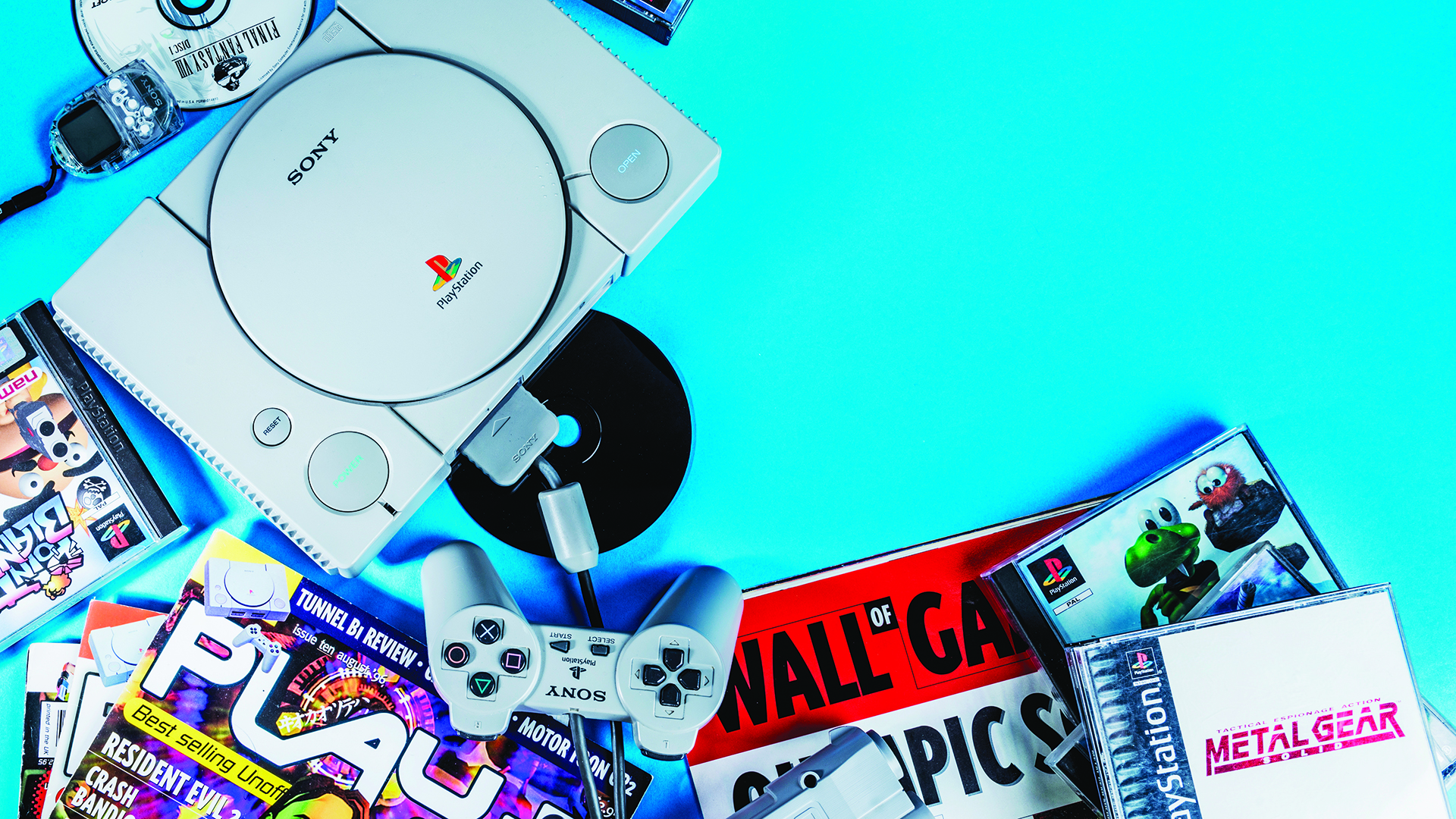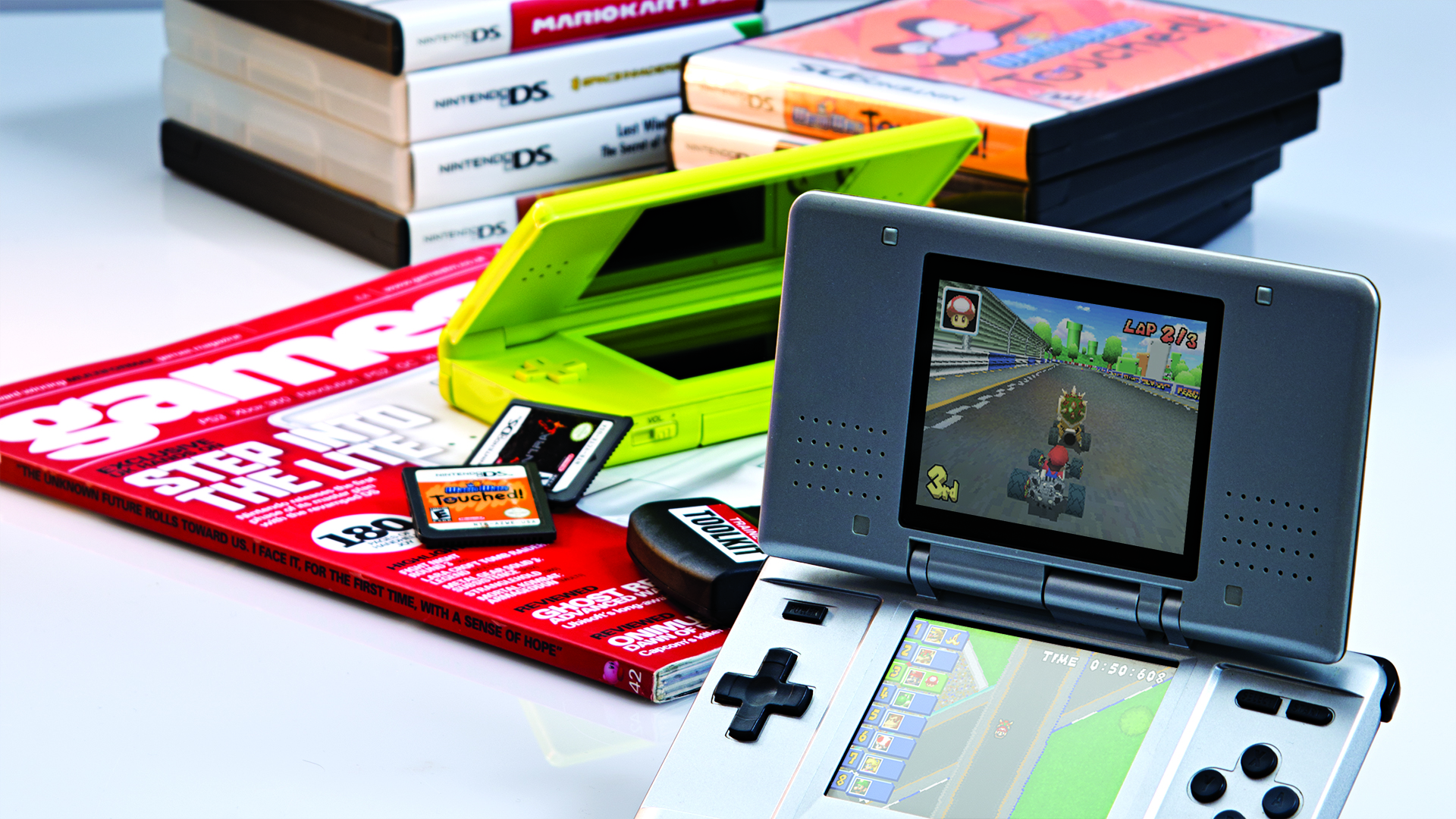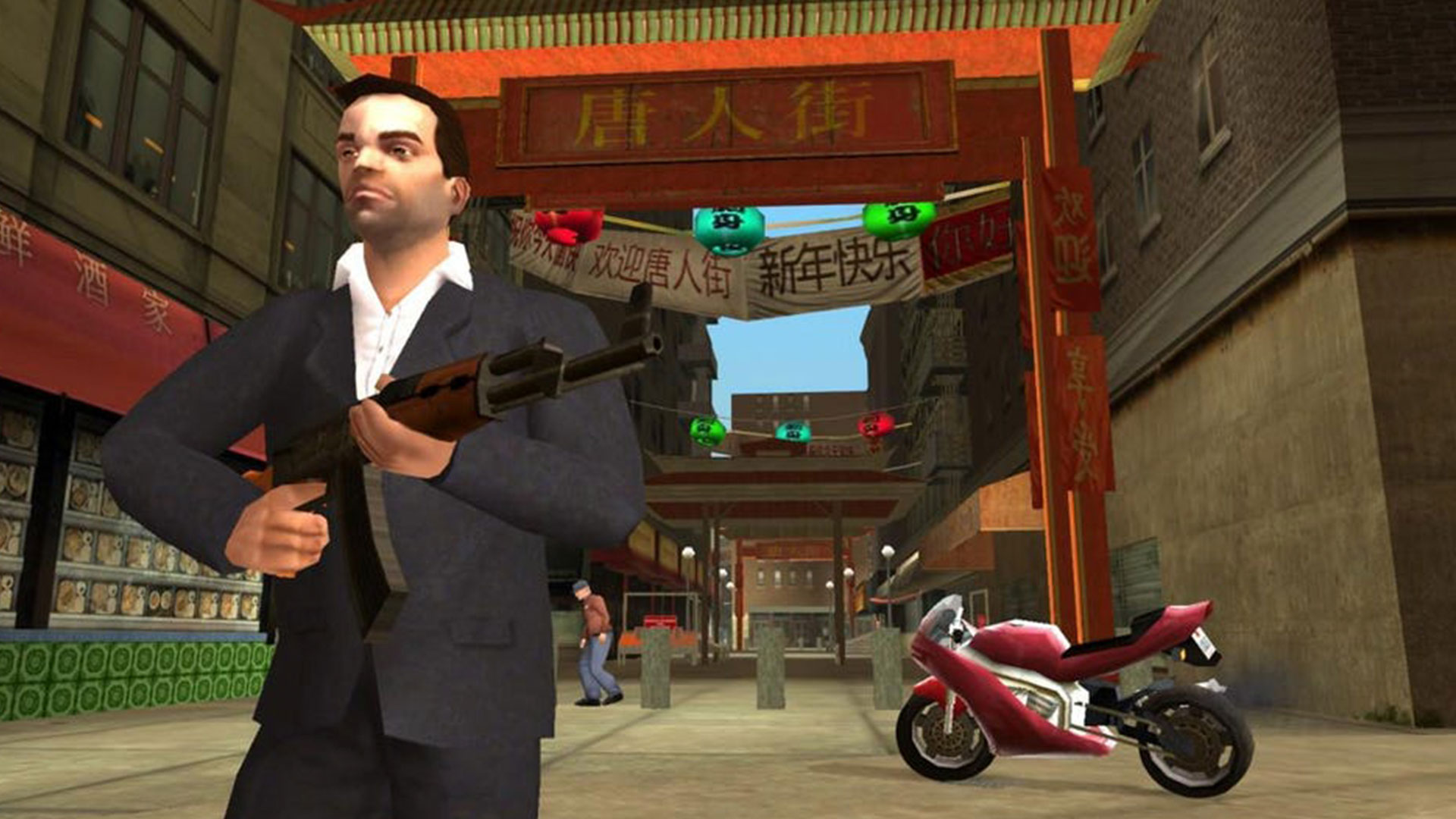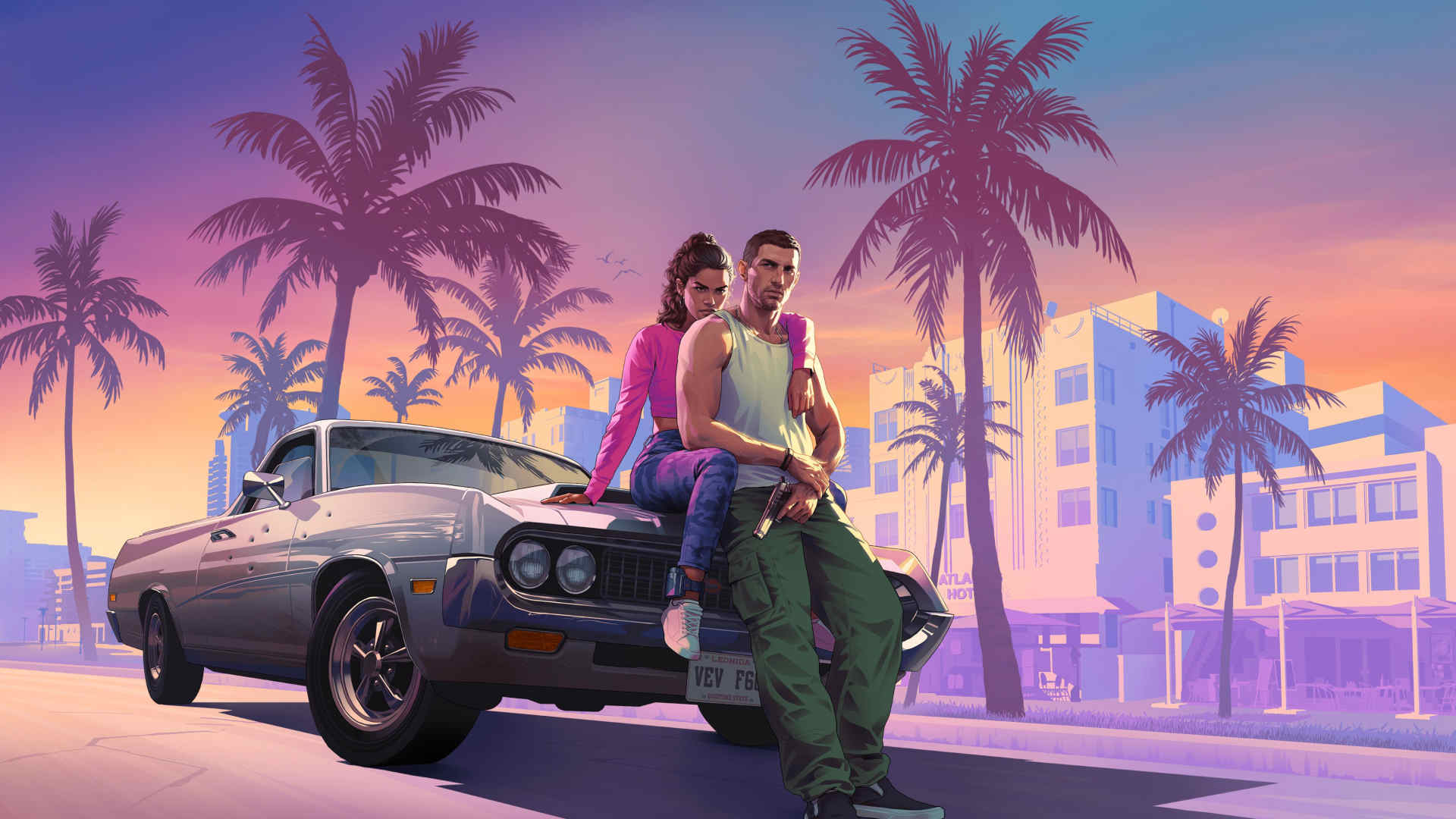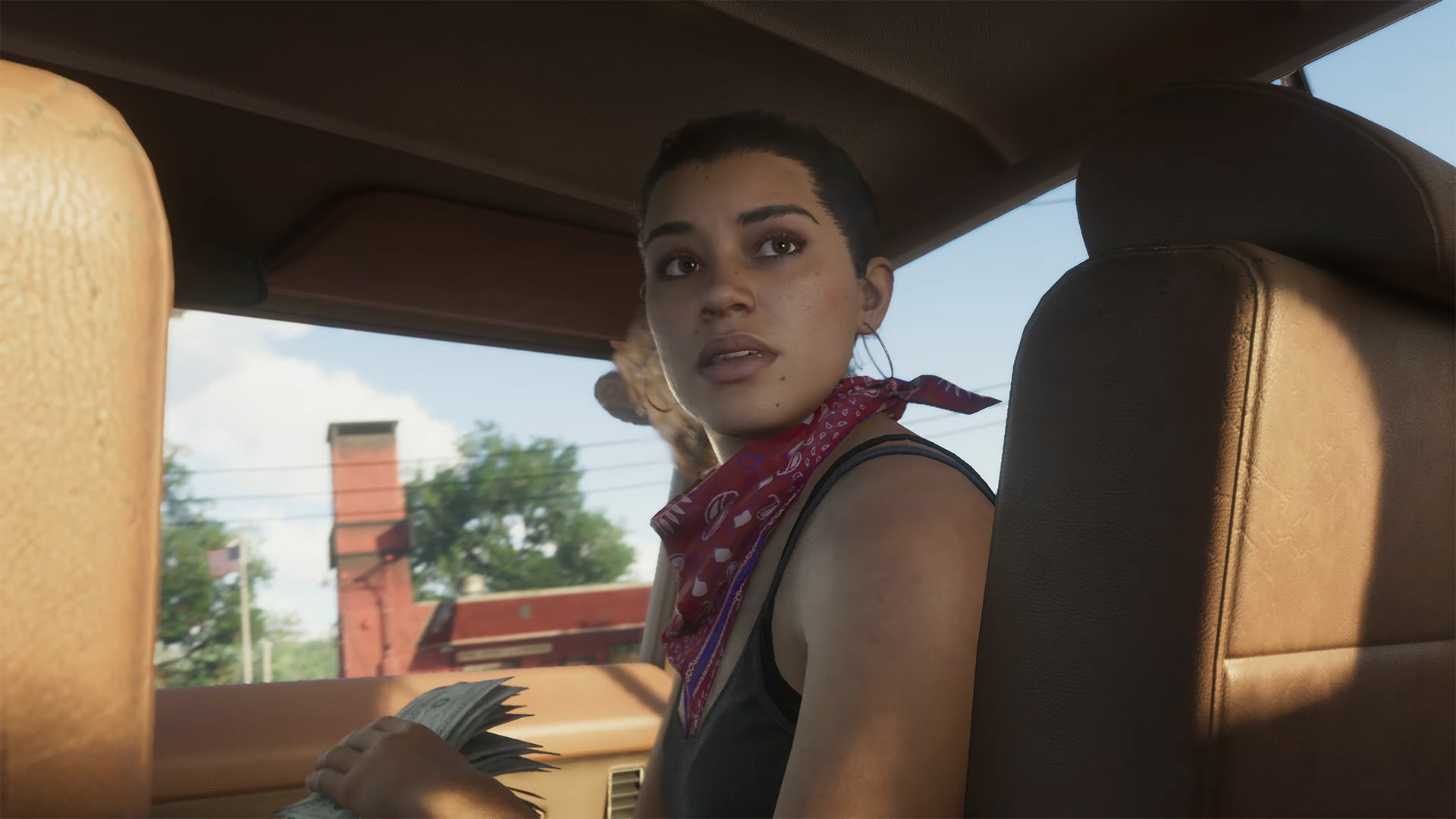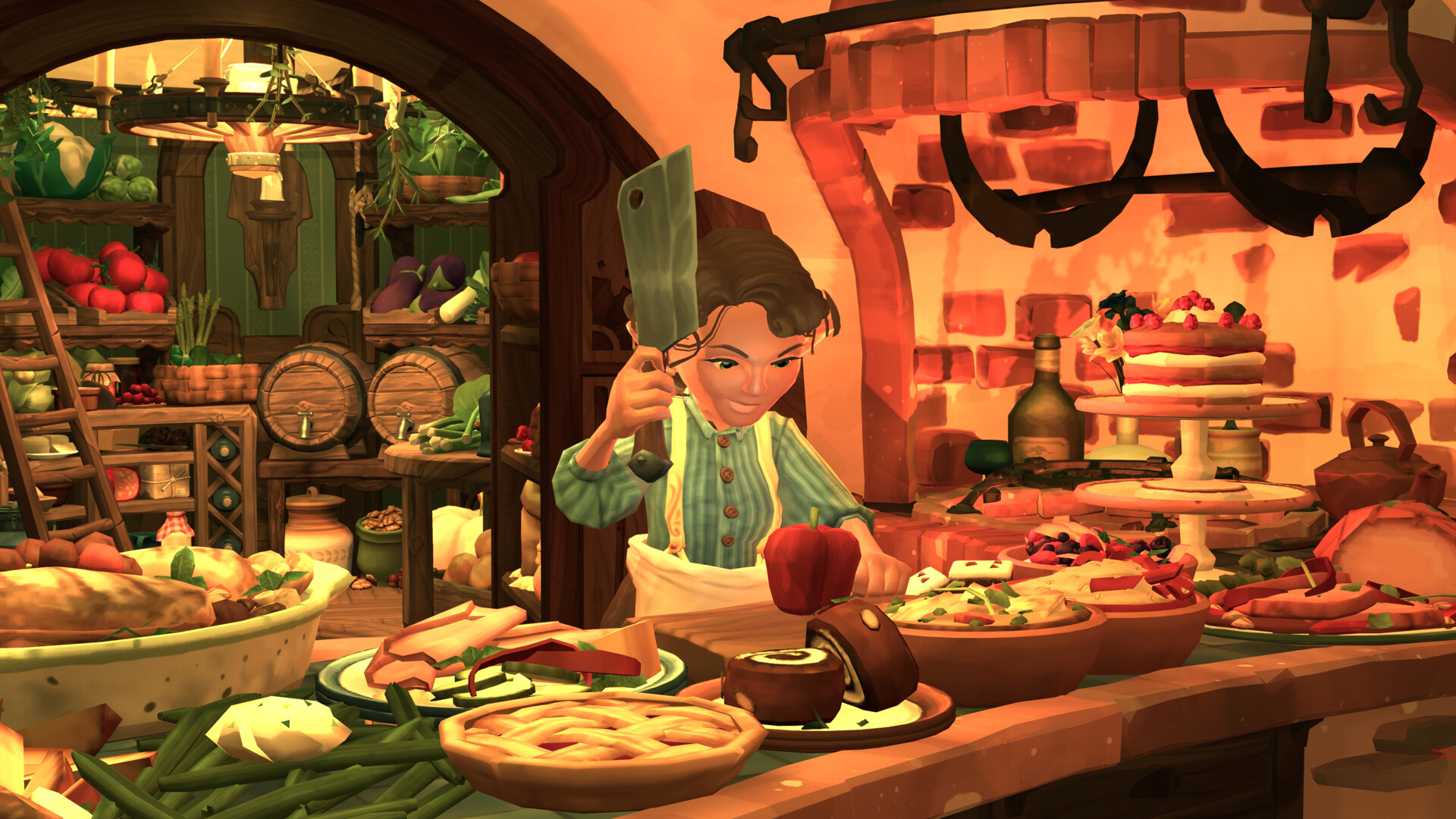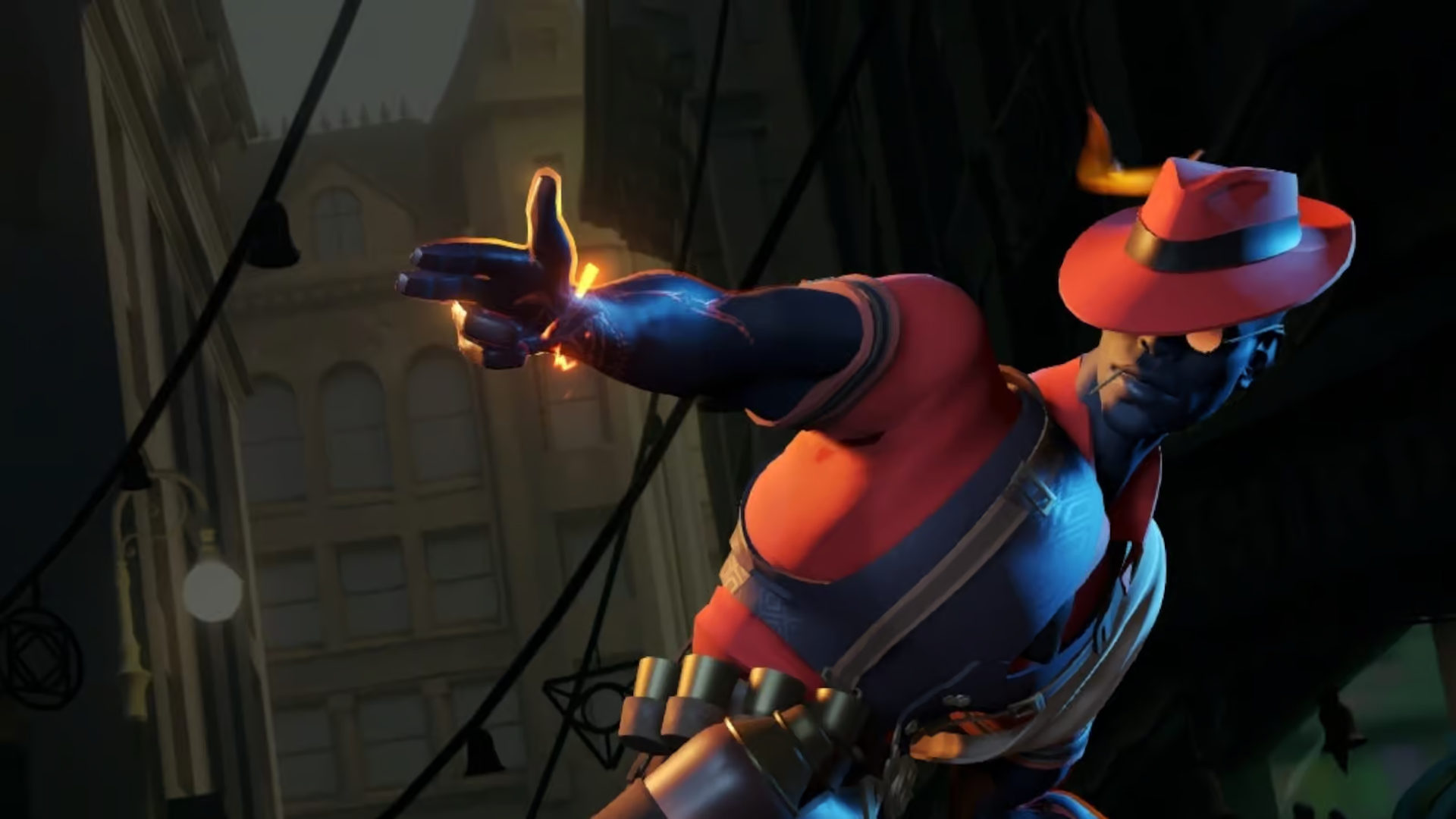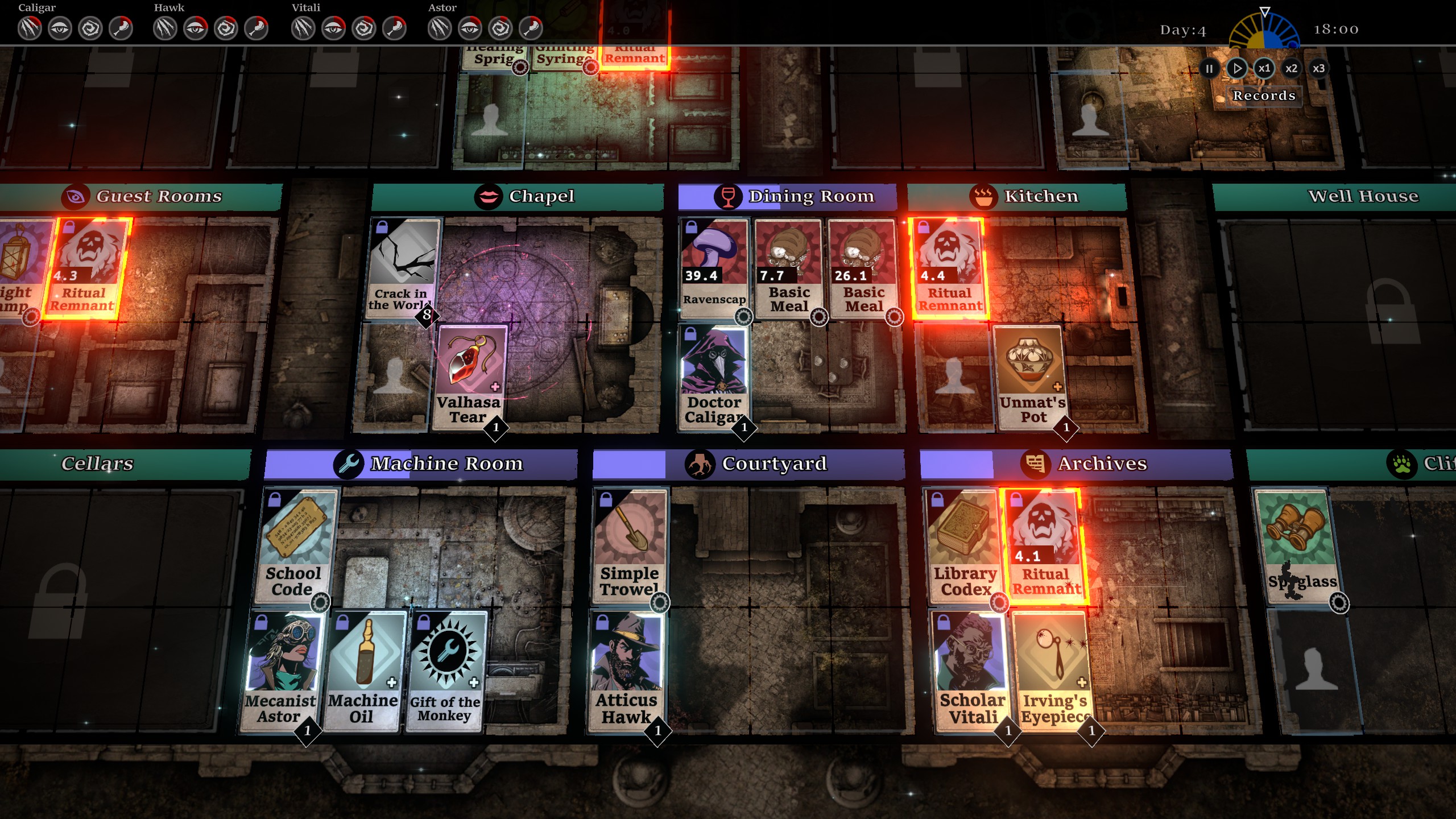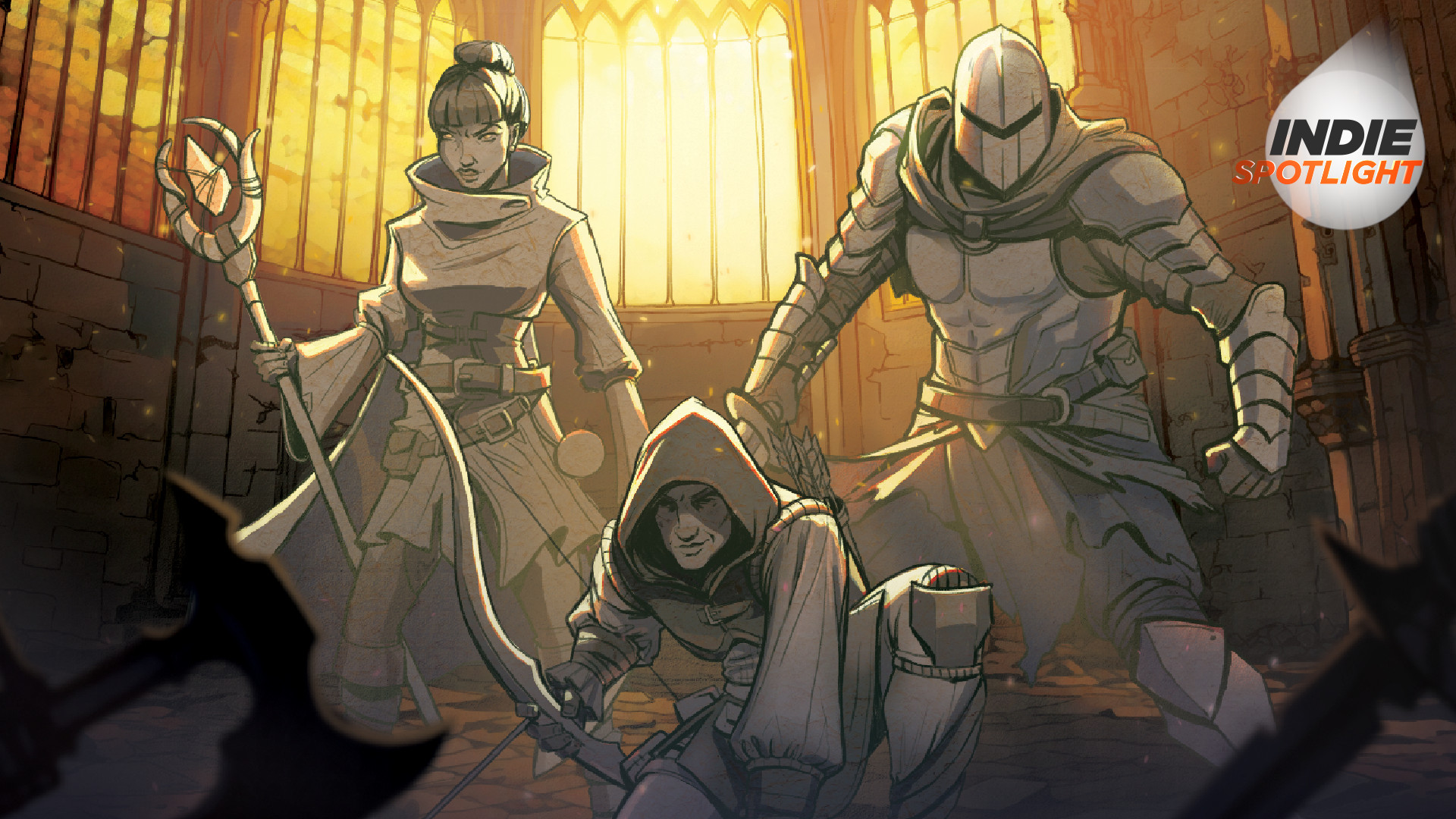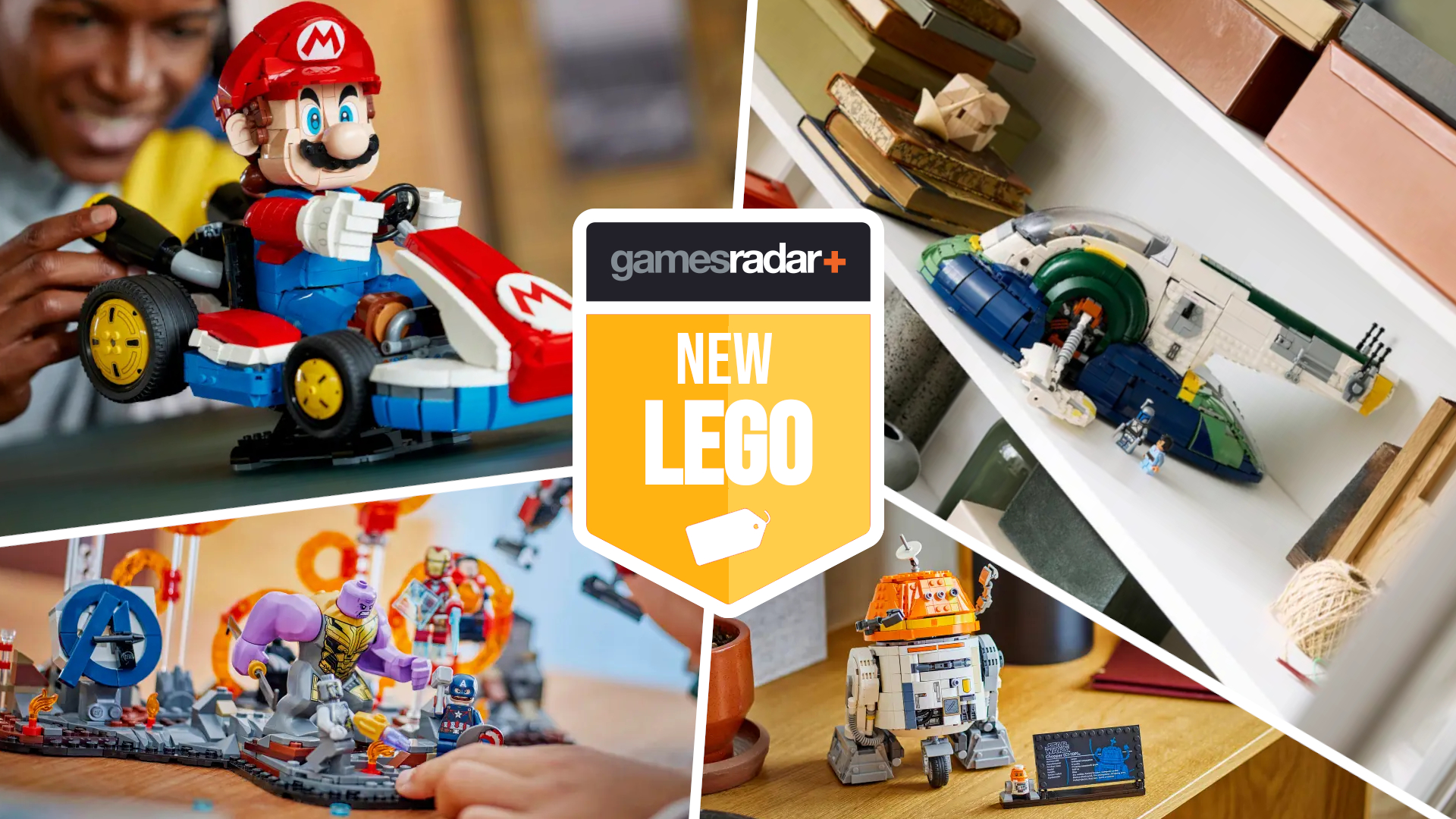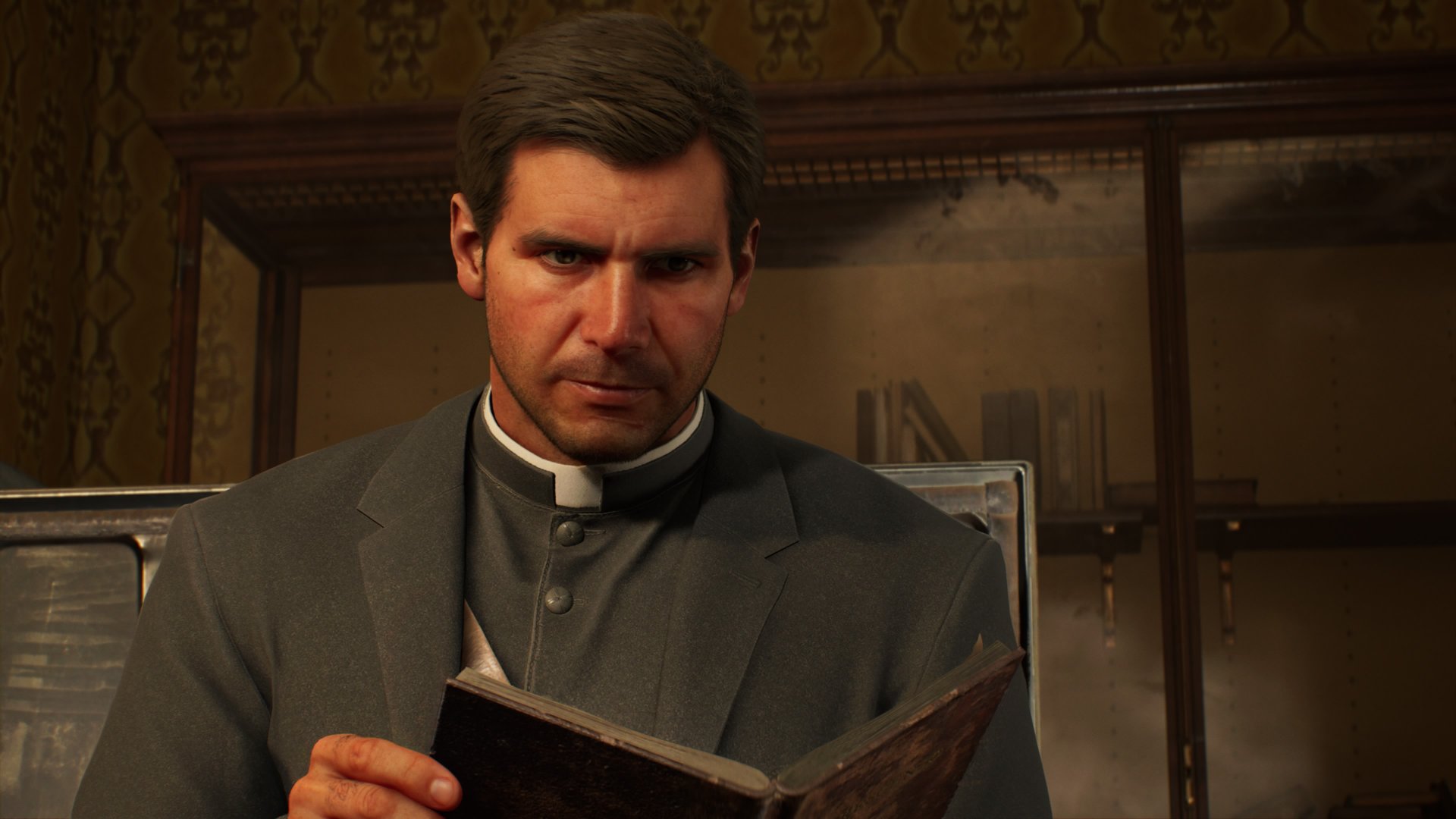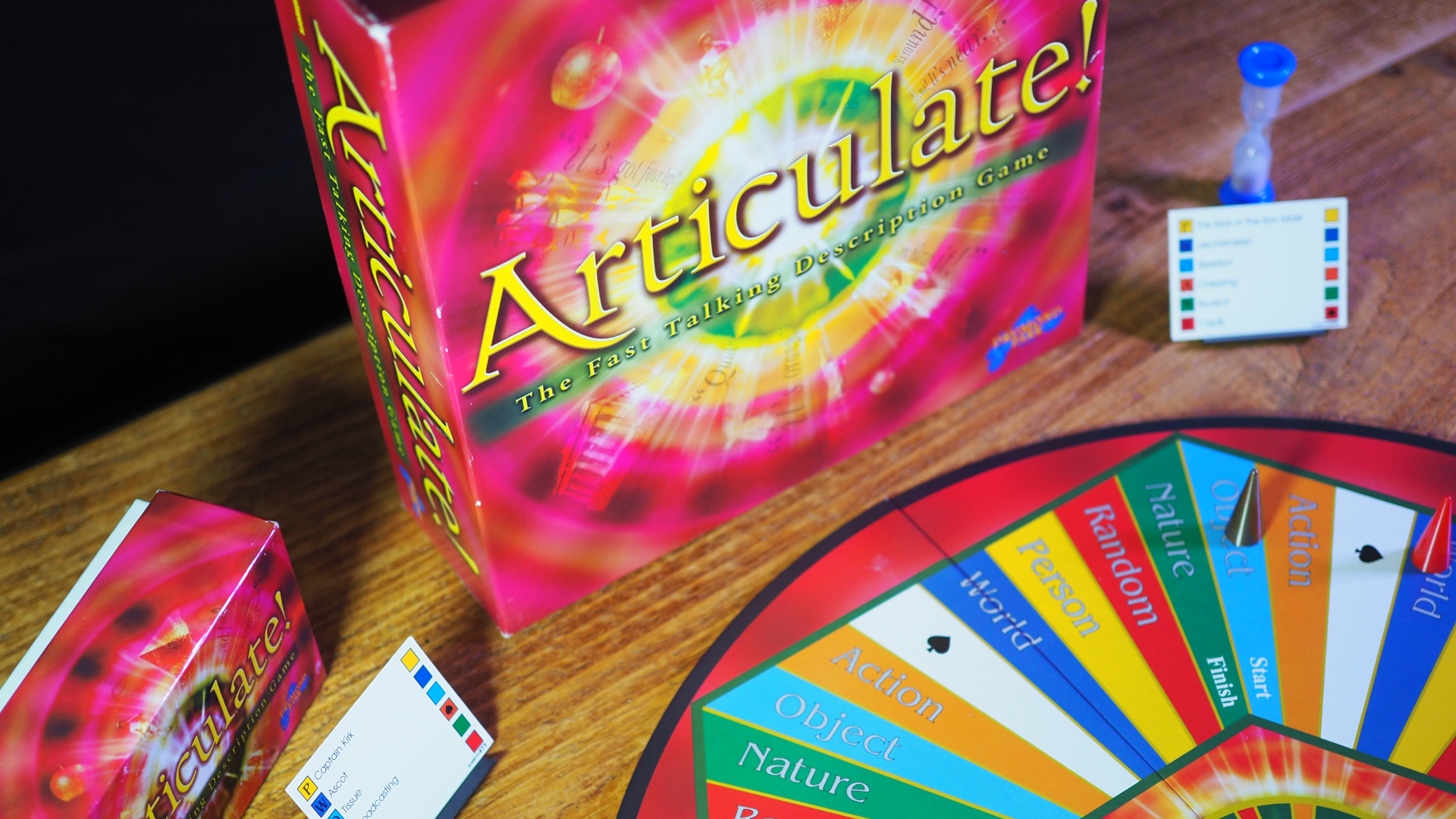When you purchase through links on our site, we may earn an affiliate commission.Heres how it works.
Its original machine had transformed the business, and the PlayStation 2 had only extended its market dominance.
Sony announced the PSP better known by its initialisation than its full name, even then at E3 2003.

The PSP was officially unveiled at E3 2004, and it promised to do everything.
The praise from the press was effusive.
Nintendo officially revealed the PSP’s primary competitor, the DS, at E3 2004.
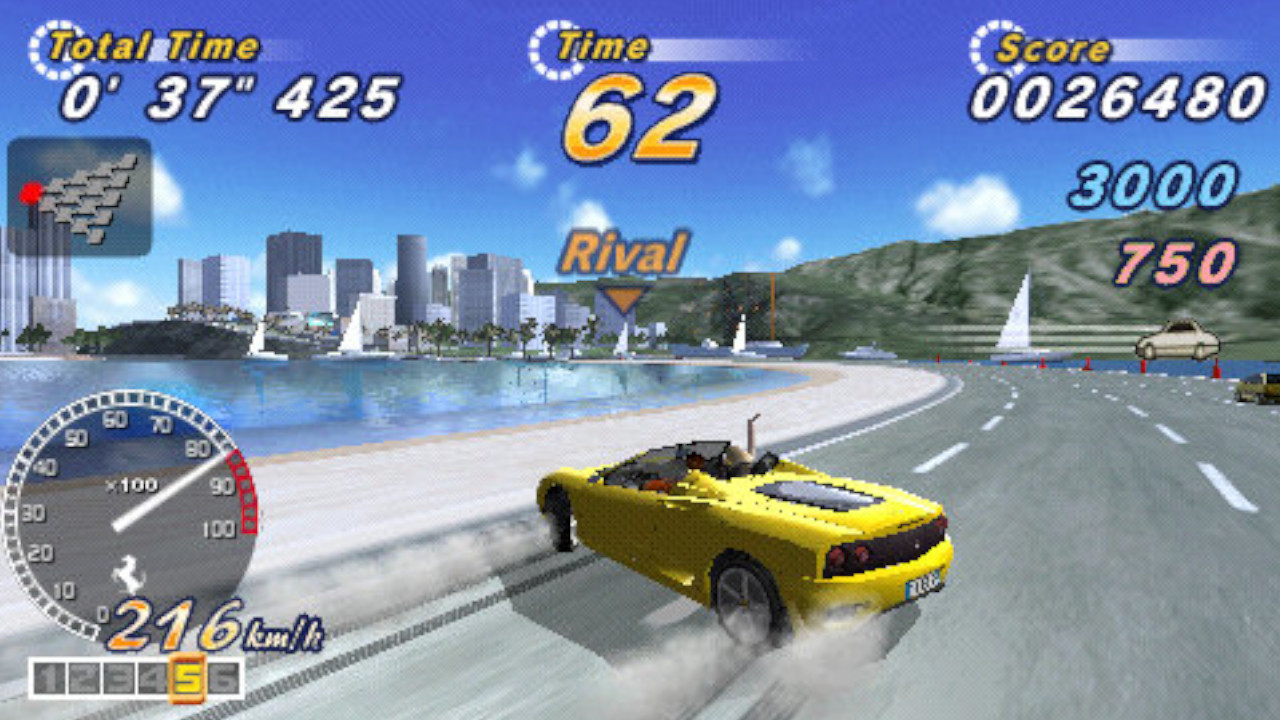
To that end, Nintendo’s machine offered a variety of quirky features.
Tyler Sigman, who worked on both DS and PSP projects at Backbone Vancouver, remembers it well.
“It was a really interesting time, because there was so much experimentation going on.

The big leagues
This feature originally appeared inRetro Gamer magazine.
“I came off the N-Gage, so I was like, we’re in the big leagues now.
I loved the PSP, because we could do so much more stuff.”
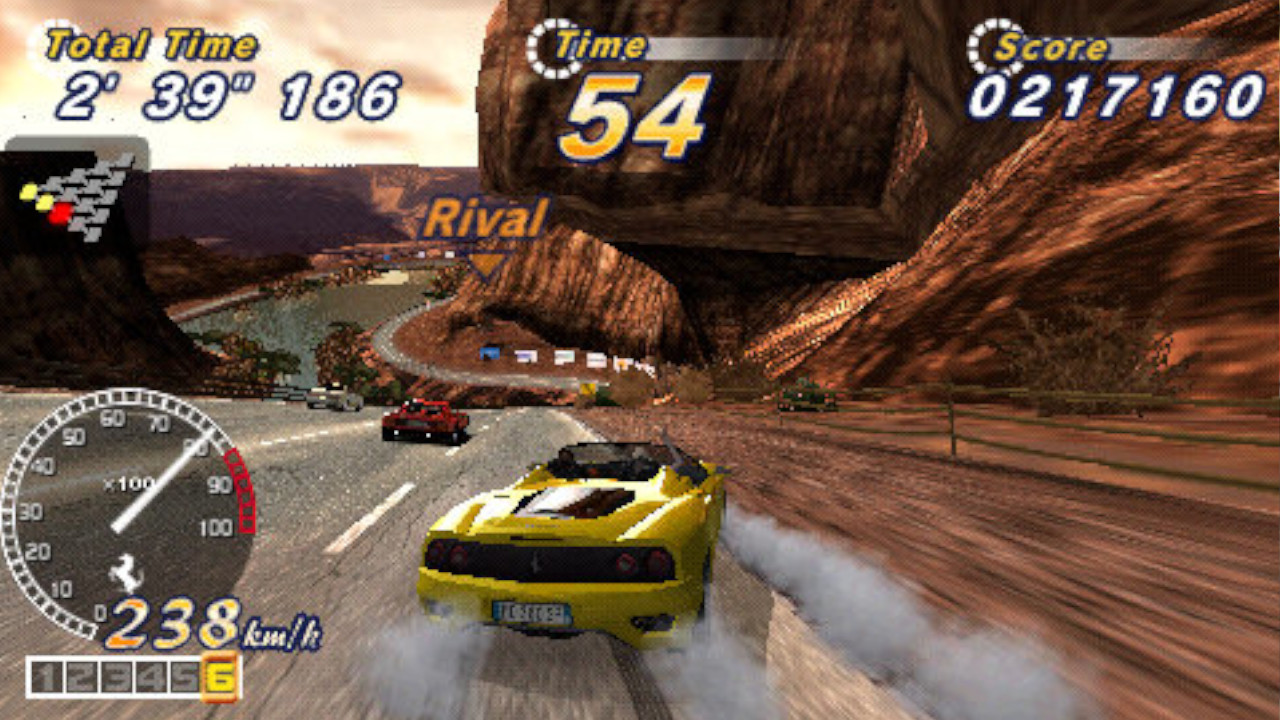
It wasn’t just the processing power that was tantalising, either.
Those bold claims about the PSP approaching PS2 quality, though surely they were somewhat hyperbolic?
Steve Lycett, also of Sumo Digital, expands on the relationship between the systems.
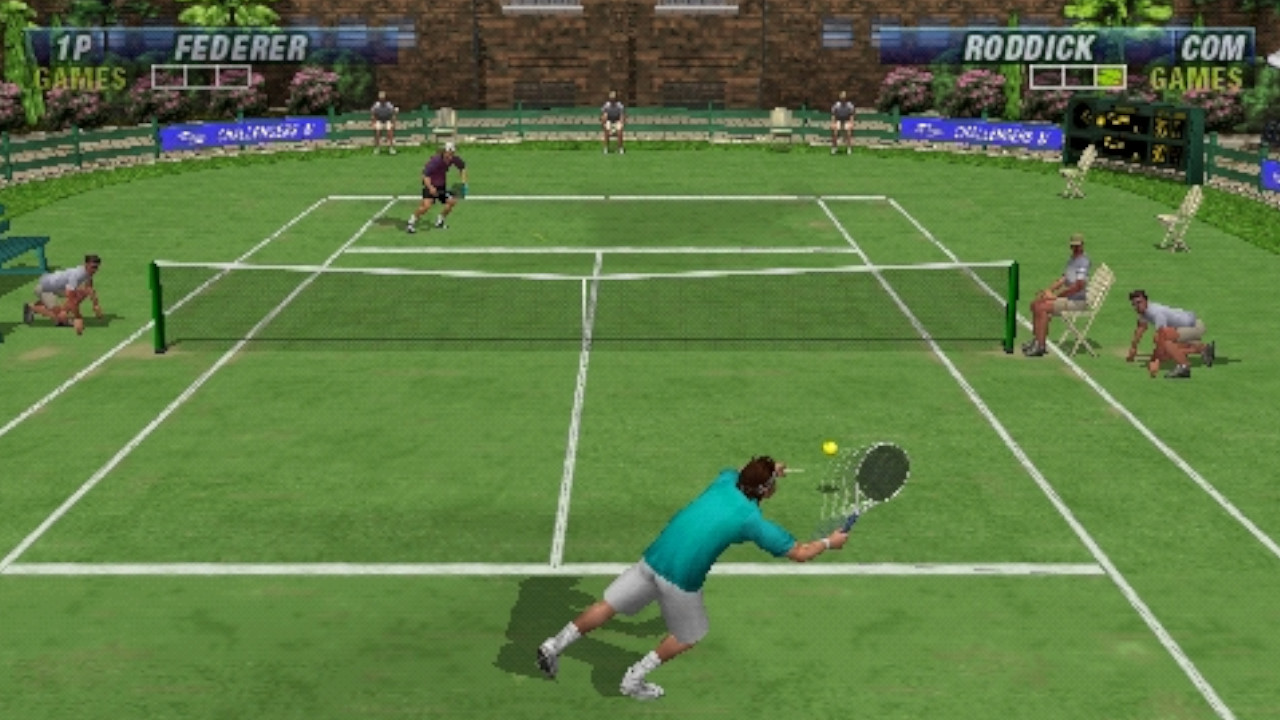
We took a similar tack with the port of TOCA 2.
All that power had to come with a caveat, surely?
What you didn’t see is that those women were having to go recharge the batteries every two hours.
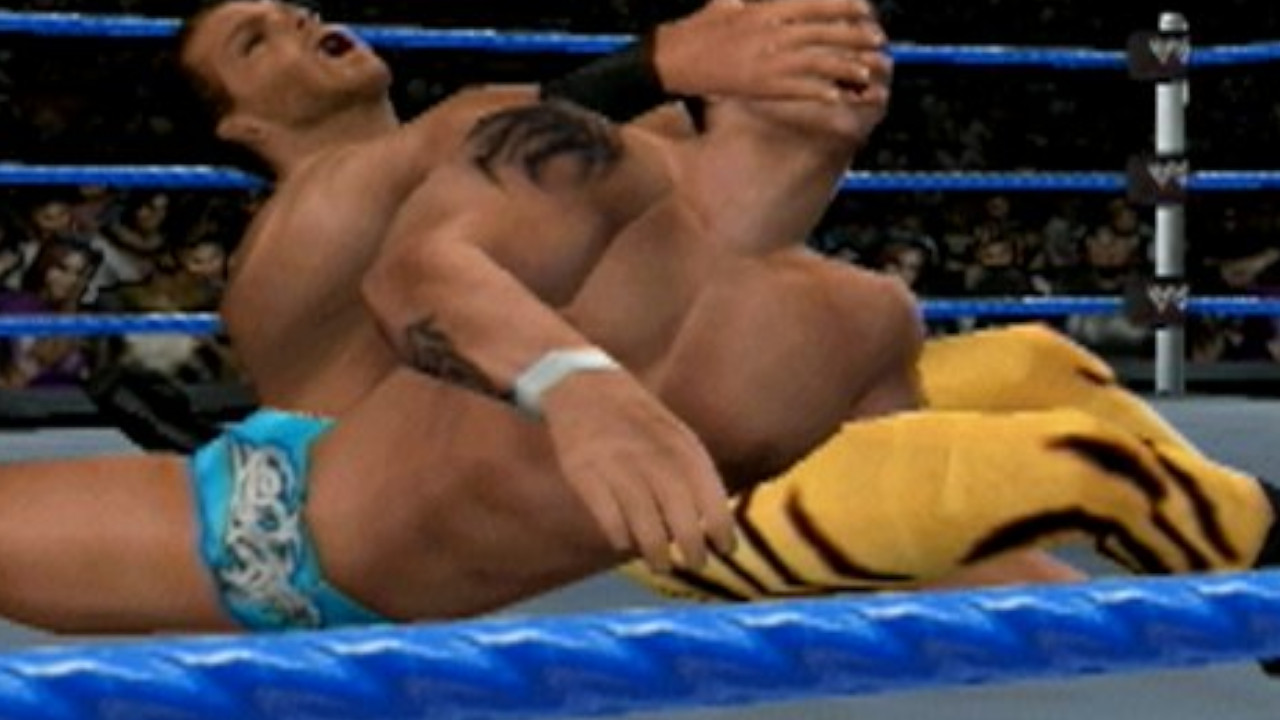
Nowhere will you find any mention of the… machine’s power life.
And you have to wonder why.”
“One problem that we discovered late was how slow the UMD drive was,” he explains.

“Through development the game loaded from internal memory and the UMD emulation didn’t arrive until quite late.
So it went from rapid loading before that to sloooow loading overnight.
We spent a chunk of time speeding that up as best as we could.

Despite the development challenges, the software looked like it would deliver on the potential of the hardware.
The PSP first arrived in Japan on 11 December 2004, and was greeted with great enthusiasm.
That enthusiasm was matched globally.
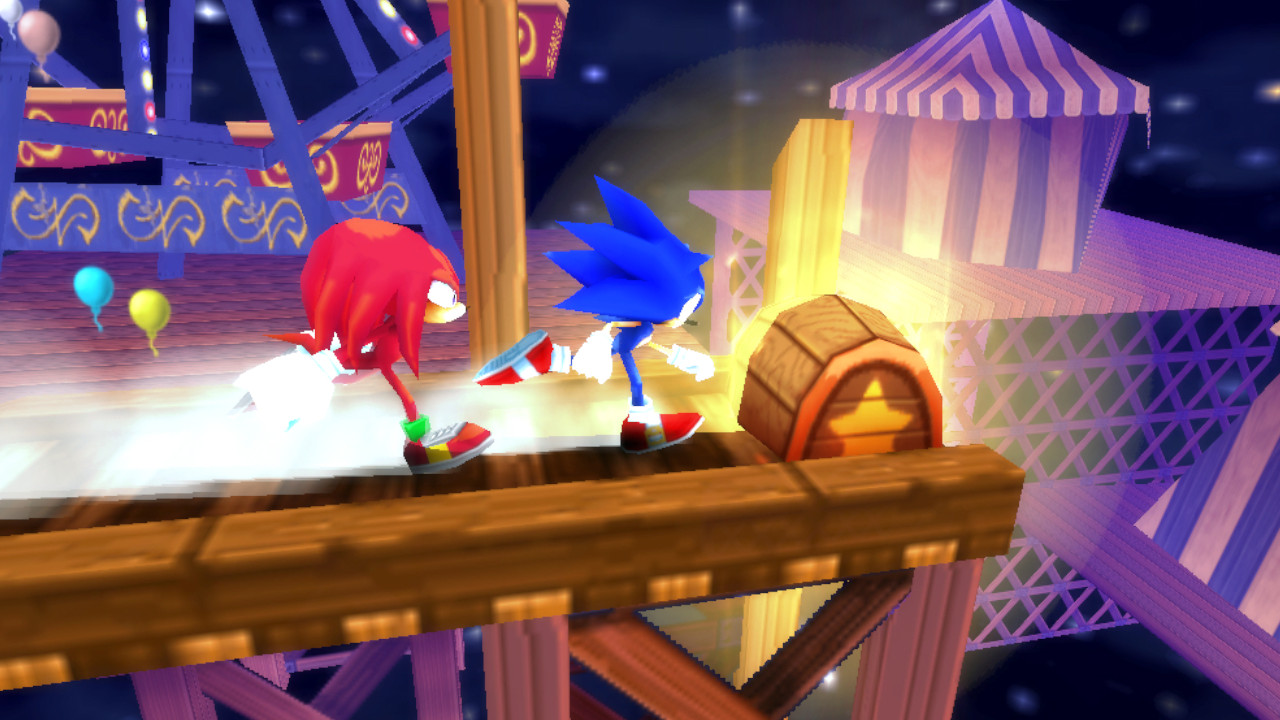
Small screen, big hitters
“Previously handheld consoles always felt they came with limitations.”
Great PSP games were present from day one.
“The one I probably remember being the most impressed by was weirdly Daxter,” says Leon.
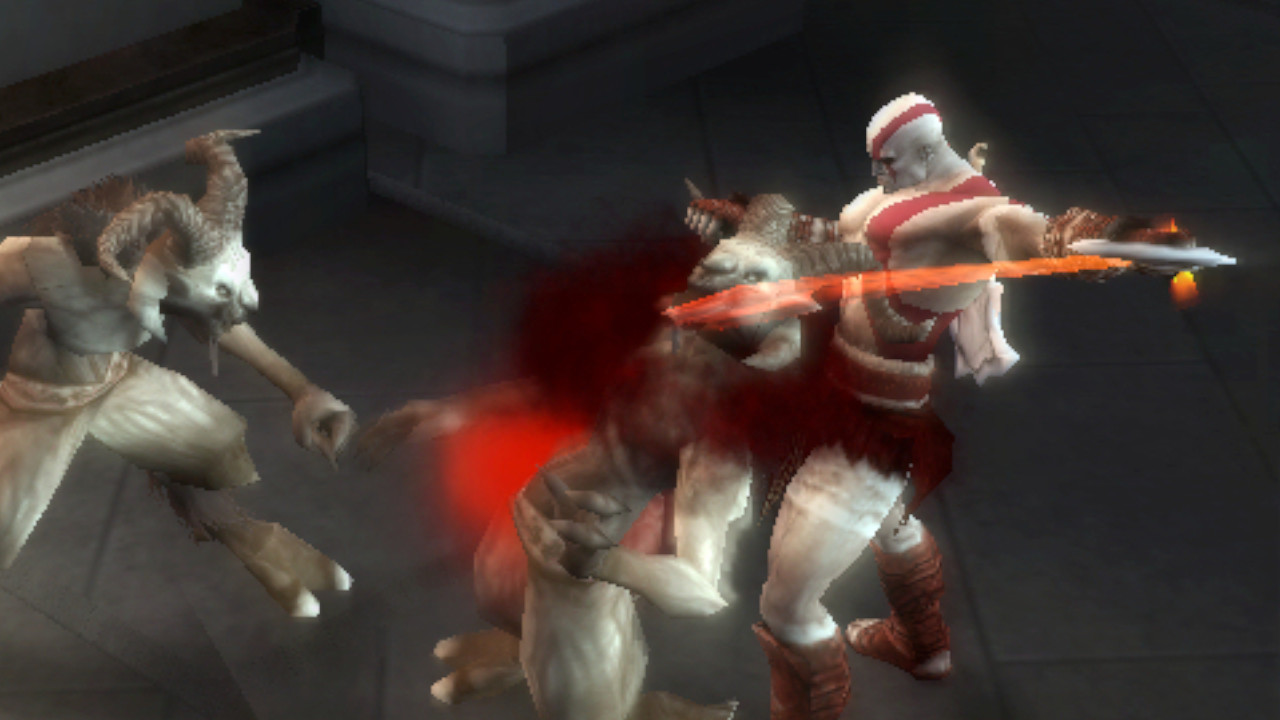
The game Sega wanted was a 2.5D platform game with a strong racing element.
However, the collaborative process wasn’t always straightforward.
“I think the relationship was generally pretty positive.
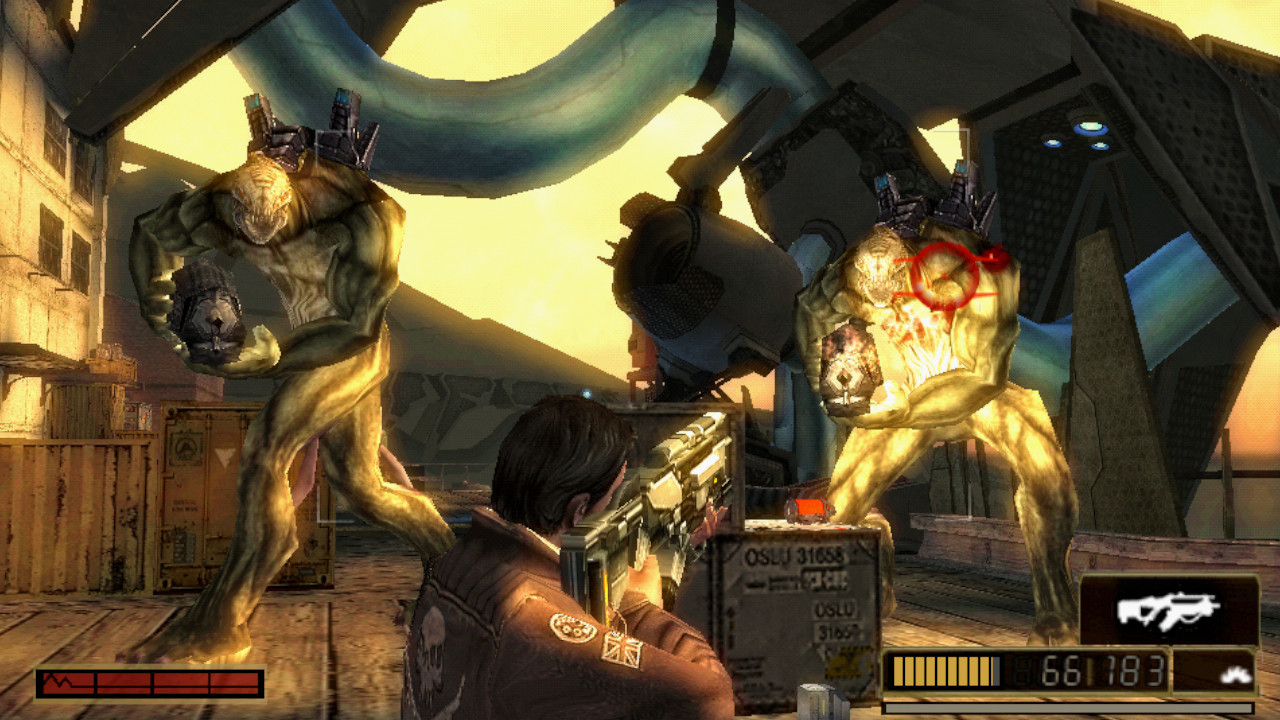
It was definitely just a learning experience,” Chris concludes.
The emulation scene on the console consequently flourished, as did piracy of PSP games.
“I did jailbreak my PSP very early on.
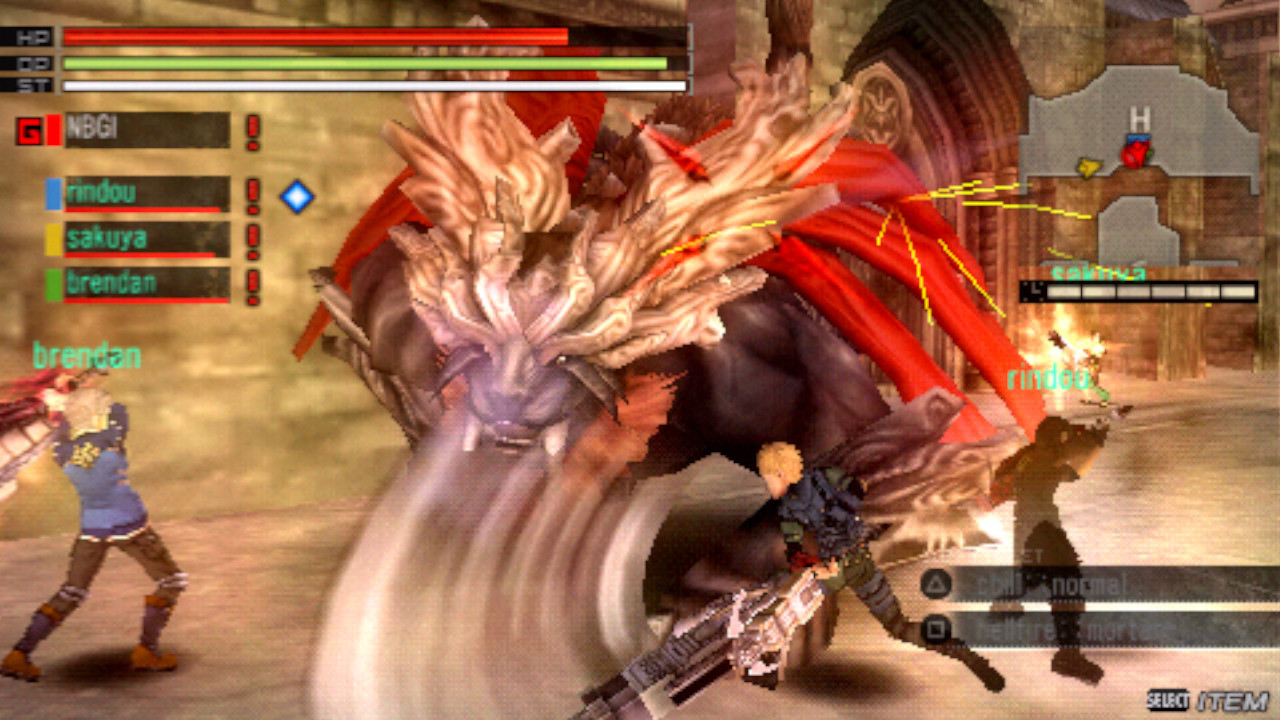
I was running a SNES emulator and Doom natively and some other stuff,” Leon remembers.
It wasn’t just the modding community unlocking the machine’s potential, though.
If I remember correctly, our framerate would’ve been [roughly] 22fps without.”
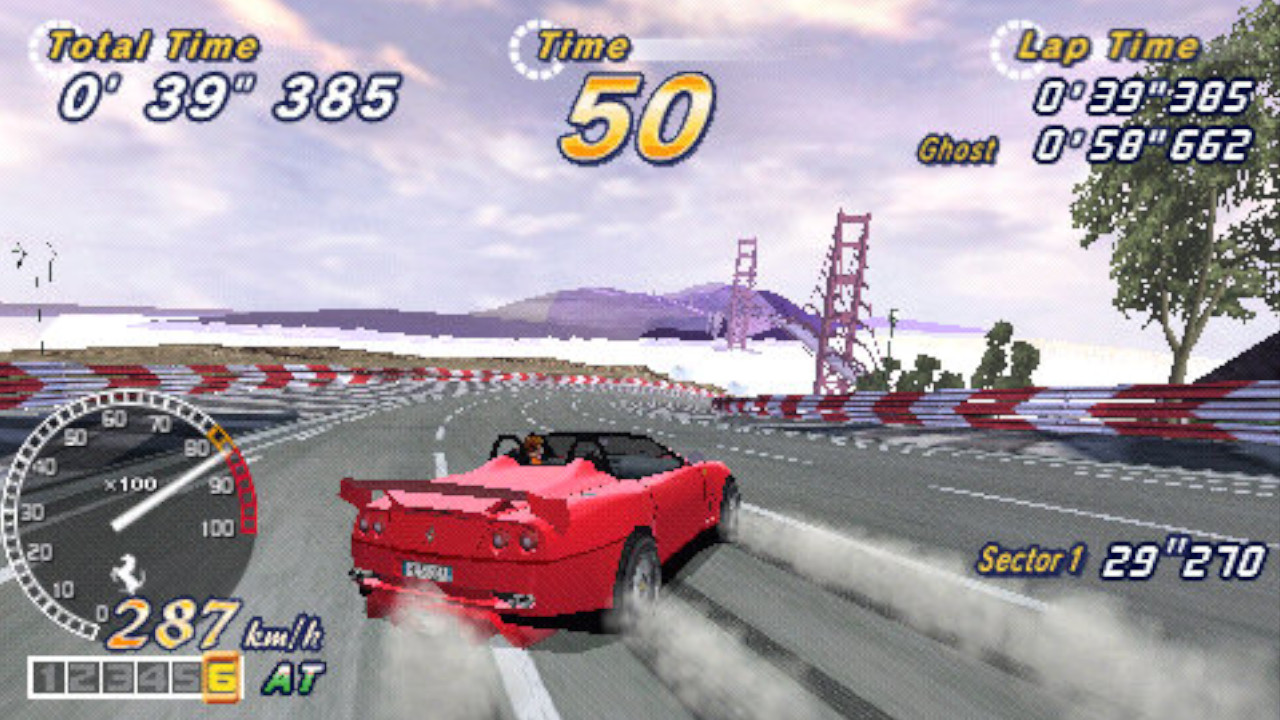
“It’s easier to scale up than scale down.”
Recognising this, Sony pledged to revitalise the PSP’s international fortunes in 2009.
“It’s easier to scale up than scale down.”
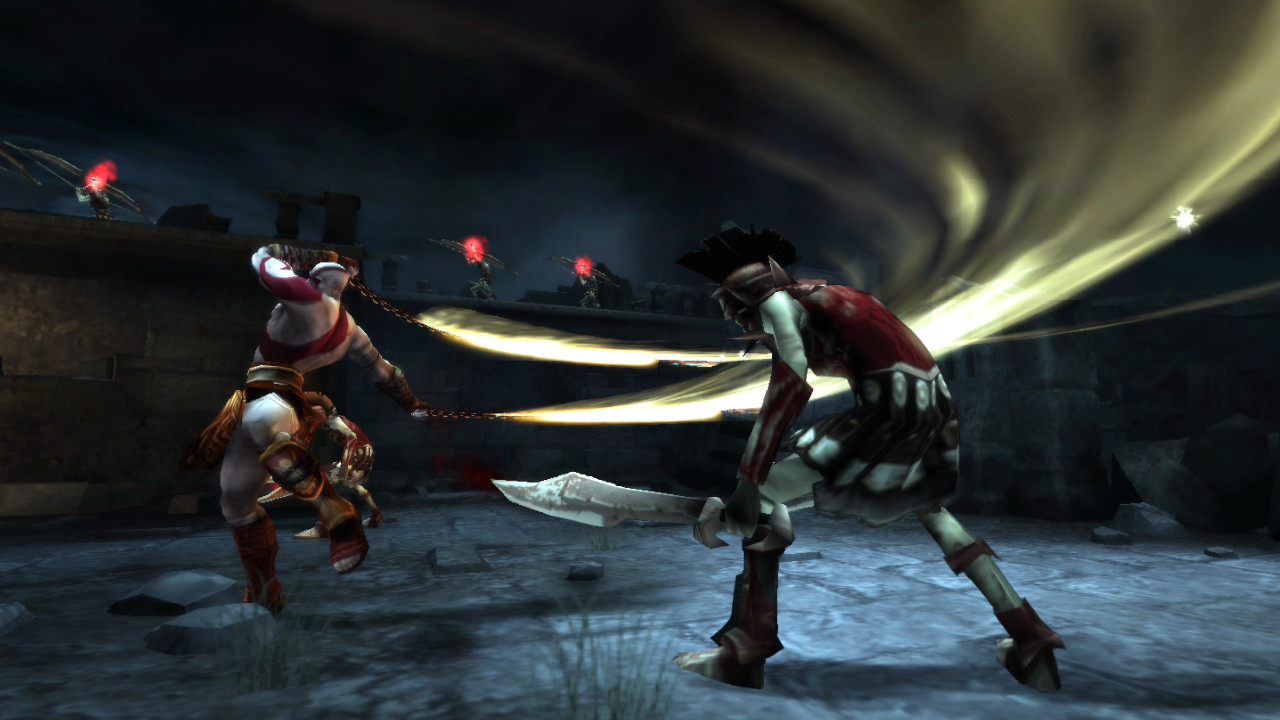
This brought some great games to the platform over the years, including Velocity, Canabalt and Pinball Fantasies.
In 2010, Sony failed to keep up its renewed international push.
And it’s still pretty meaningful to consumers."
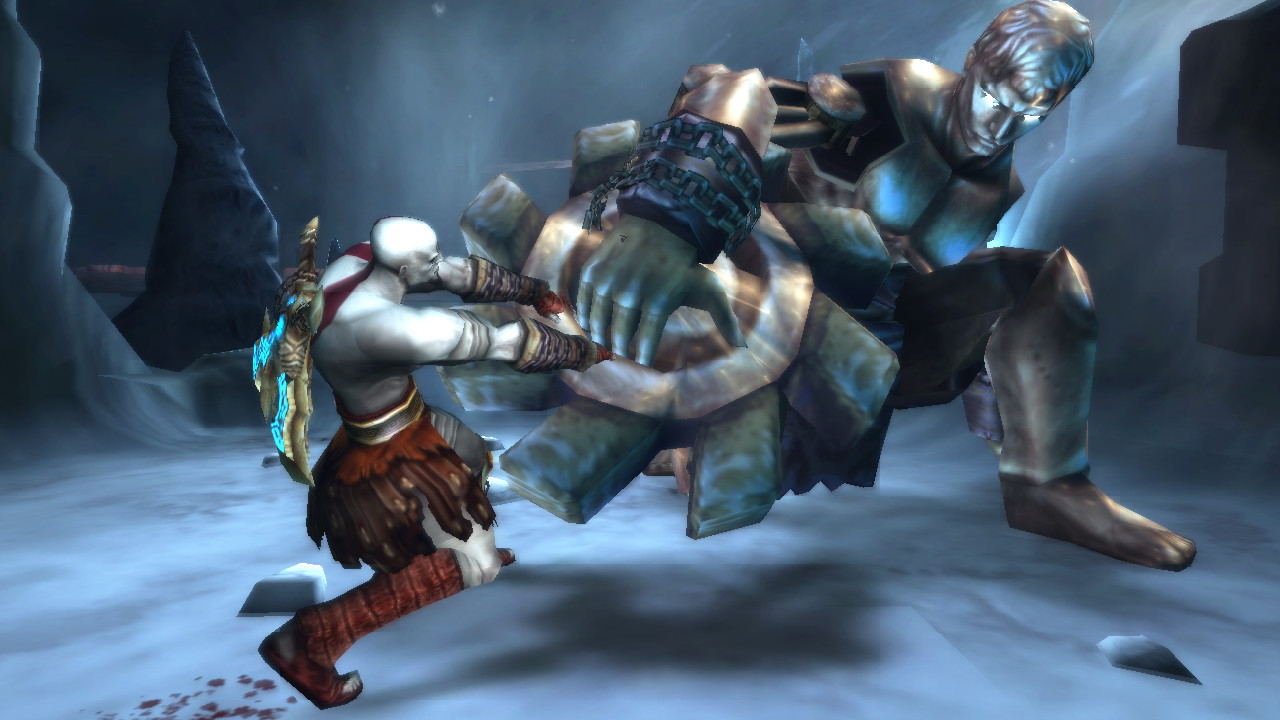
It was a tough message to hear from a developer that had achieved great things with the console.
“All in all its biggest failure was perhaps its lack of killer IP,” the magazine concluded.
“How many truly memorable PSP exclusive titles can you recall?”

“In retrospect I think that the PSP’s power actually counted against it in the end.
Despite that, the PSP remains memorable for those who embraced it, as Rachid tells us.
PSP owners bought 4.33 games per console sold, compared to 6.16 on the DS.

Bonus: Unmitigated Movie Disaster?
Special features seen in DVD releases were rarely included due to UMD’s smaller capacity of 1.8 GB.
In the UK, new films were generally priced at around 20 at launch.
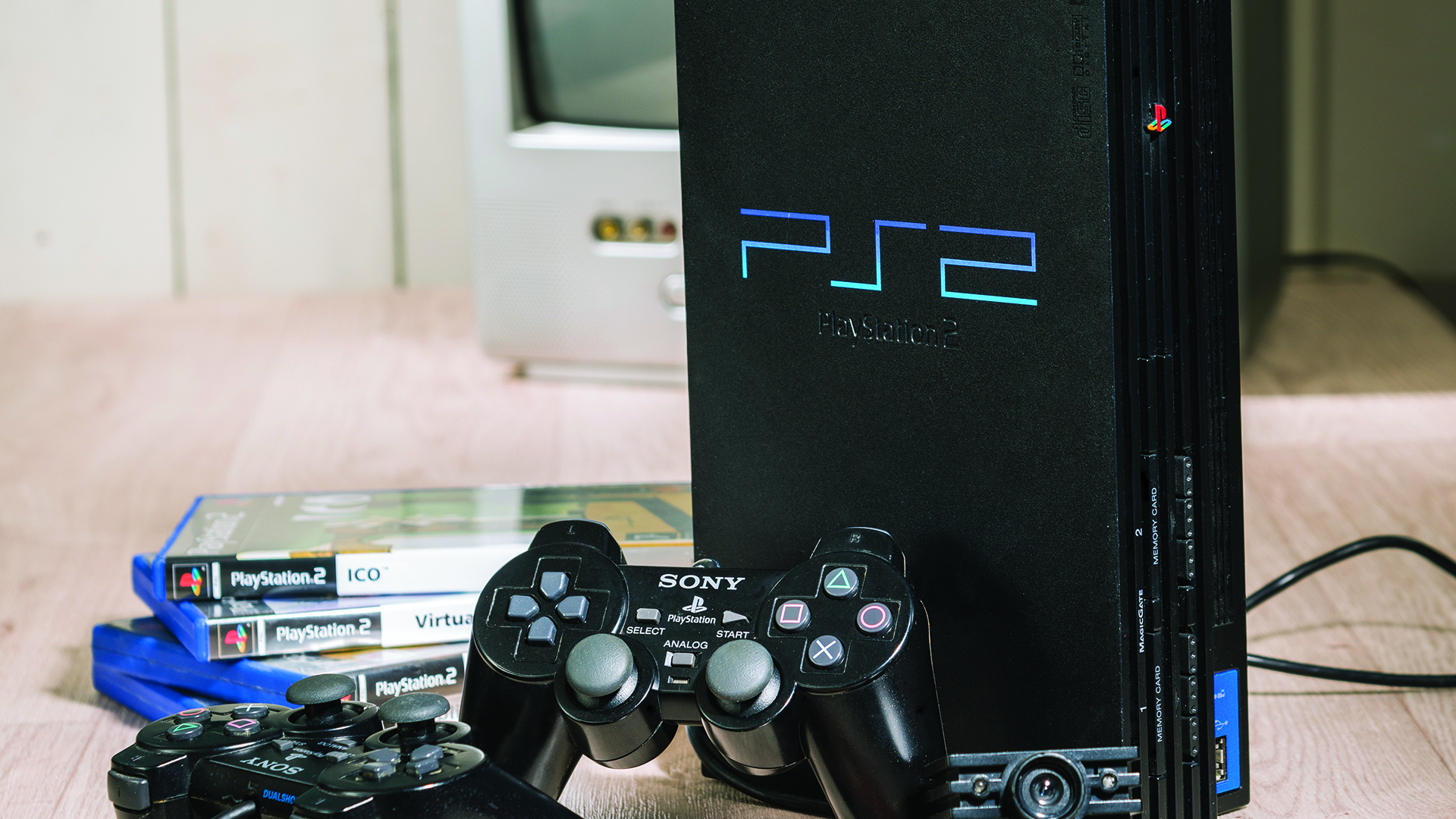
Despite those setbacks, Sony persisted with the format.
Sony would also license titles from other publishers and handle all of the manufacturing, distribution and marketing itself.
By this point, comedy films Wedding Crashers and Superbad were cited as the format’s best-selling films.
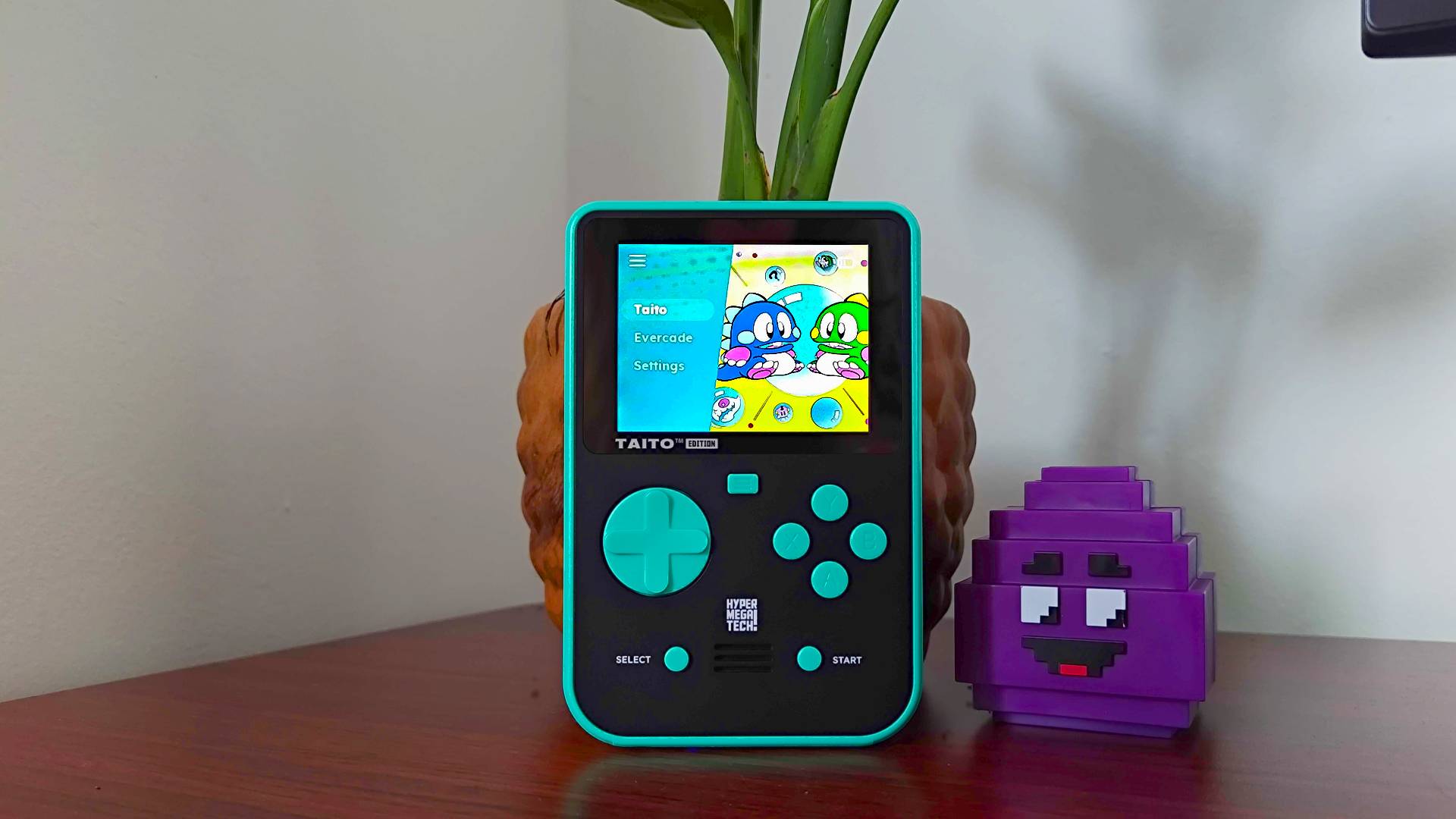
Adult releases were also available, the vast majority of them coming from the Japanese market.
Want to jump into the PlayStation Portable?
Check out ourbest PSP gameslist for suggestions on what to play first!
